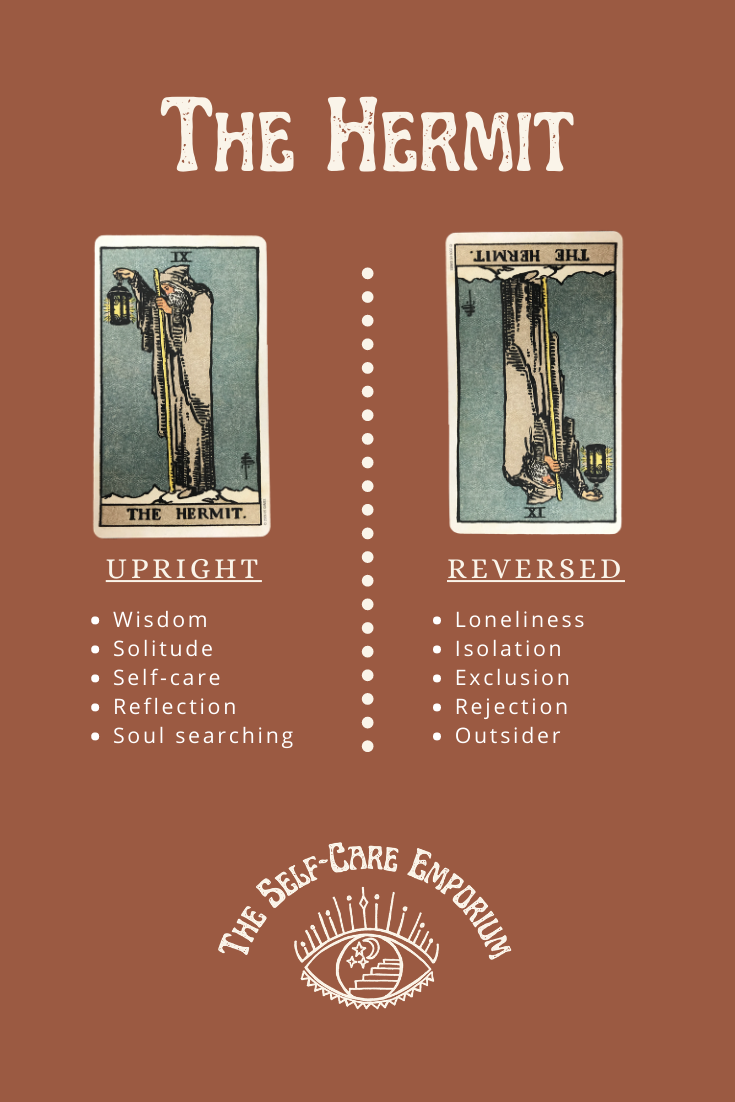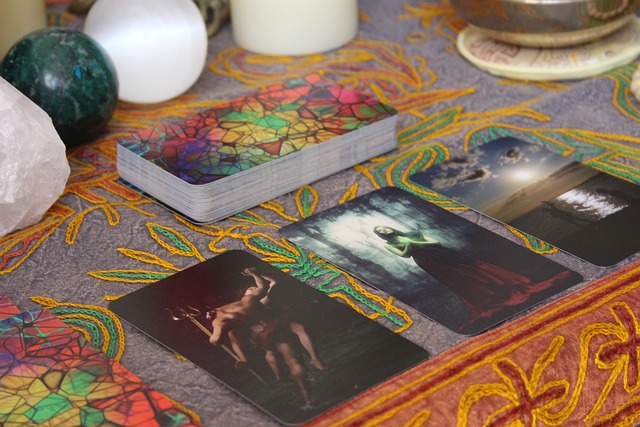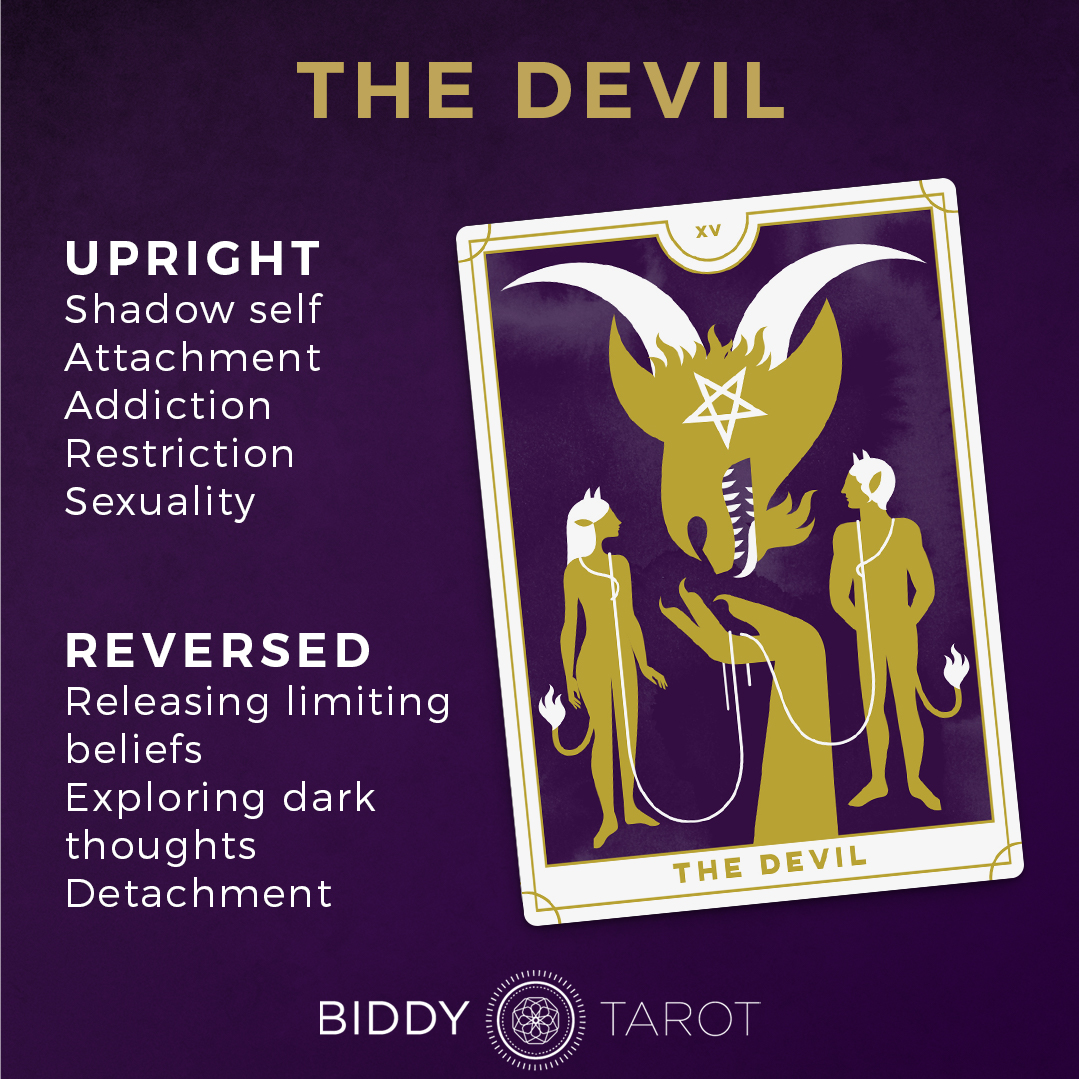
There are several methods to read tarot-cards. Cartomancy refers to "reading with the card". This is the first method. A tarot deck reader creates a question and draws the cards in order to interpret it. This method is used by psychics and astrologers to gain insight.
There are many ways to read tarot card cards.
There are many ways you can read tarot cards. Each one has its benefits. To begin with, it is important to keep your mind open and not be influenced by any biases. You can also use a guide to help you interpret the cards. You'll see patterns in what the cards mean and be able to identify common stories between the major and the minor arcana.

The first way to read tarot cards is to shuffle the deck and turn them over so that the right side is up. Spreads, which are combinations of several cards, can be used to tell stories. The deeper your reading will be, the more cards that you gather. However, this method can be overwhelming for beginners.
Major arcana
There are many ways to read the Major Arcana in tarot. Some readers choose to pull cards without a specific order, while others set an intention for each card's meaning. Some readers also take into consideration where the Major Arcana cards are placed. One example is a Fool placed under the future actions section. This could be a sign that you need to make some changes.
Major Arcana Cards often reflect lessons and themes. They can also offer insight into karmic influences. They are important and can have a lasting influence on one’s life. The Major Arcana Cards have deep and complex meanings. They symbolize the human consciousness structure and offer many lessons.
Reversals
You have probably noticed that many tarot readers see reverses when reading cards. It can be a bizarre phenomenon that can cause you to question whether your tarot card readings are correct. There are many ways to correctly read reversals.

One way to interpret reversals correctly is to think of them as the opposite of the upright position. Reversals may indicate an energetic activity, or an inactive condition. This can help you determine how to interpret a card's meaning.
FAQ
What is observation hobby?
Observation hobbies are activities where you observe people doing what they do. It could be reading, watching sports or going on holiday. You could also observe other people.
Because they teach you how to think creatively, observation hobbies are great. This knowledge will be useful later in your work for others and yourself.
If you are passionate about something, you will find it easier to learn about it.
If you are interested in learning more about football, for example, you might watch a match or read a book. You could visit or take part in exhibitions if you are interested in learning more about photography.
You could also buy a guitar or play along online to music if you are a musician.
If you like cooking, you could cook your own meals or visit restaurants.
If gardening is your passion, you can grow vegetables and flowers.
You can take a dance class, or just go out with your friends if dancing interests you.
If you love painting, you can paint pictures.
Write poetry and stories if that is what you love to do.
You might enjoy drawing pictures, if you are a good artist.
If you're passionate about animals you might consider working at a Zoo or looking after their pets.
If science is your passion, you might choose to study biology or chemistry.
History lovers can watch films, read books or listen to podcasts.
You could explore the world or travel to places you love if you are a lover of traveling.
How can I find a hobby?
When you first start your journey into finding a hobby, you may feel like you've got nothing to choose from.
You may be thinking, "I'm just not artistic" or "I hate sports," or perhaps "I don’t even know what I know."
You probably have plenty of experience and knowledge to use when you are looking for hobbies.
It's just that you haven't realized it yet.
Take a good look at what you have in your house. What amount of stuff do you have?
Are there any toys that you don't use anymore?
Perhaps you own a collection or magazines.
You might have always wanted the ability to cook.
Perhaps you just want to pick up the guitar again.
Whatever your hobby, it's possible to make it a hobby.
The key is to see that you already have many experience to draw upon.
Once you do that, you can choose a hobby to fit your life.
Why do we need hobbies?
Hobbies are an important part of our lives because they give us time to relax, unwind, think creatively, exercise, socialize and enjoy ourselves. We also have the chance to learn new skills and pursue lifelong passions.
Hobbies are a way to find meaning and purpose.
They are great for spending your free time when there's not much else.
They're even fun!
If you don’t have the time to do a hobby, you likely don’t have any other hobbies.
Take a look at the many options that are available to you. If you don't have a hobby yet, then maybe you should start one today!
What are some good hobbies ideas?
The best hobbies are those that you enjoy doing for yourself. If you love what you do then you'll find it much easier to keep going. You'll also have an excuse when you're not feeling well or tired!
The hobbies we all love are gardening, painting and crafting, photography.
Consider volunteering at your local animal shelter, charity shop, hospice, children's hospital or hospice, elderly care home, school center, church, or community center.
Perhaps you want something more adventurous. Take up skydiving or rock climbing, parasailing, parasailing and paragliding.
There are many ways to enjoy nature, even if you don't want to travel far. These include caving.
Statistics
- Much of this decline reflects the fact that teens are less likely to work today than in the past; among employed teens, the amount of time spent working is not much different now than it was around 2005. (pewresearch.org)
- The intensity of the dialogue partners' bond at the end of the forty-five-minute vulnerability interaction was rated as closer than the closest relationship in the lives of 30 percent of similar students. (time.com)
- Studies show that just six minutes of reading can reduce stress levels by 60 percent. (oberlo.com)
- In comparison, men in the “no humor” condition were refused 84.6% of the time and were only accepted 15.4% of the time. (time.com)
- Almost 80% of people claim to have no hobby. (hobbylark.com)
External Links
How To
How to get started gardening
Gardening is one among the oldest forms. It requires patience, persistence, and determination. You must choose a suitable location to start your garden. This could be on a large piece of land or in your backyard. Next, decide what type of plants you want to grow. Do you prefer flowers or vegetables? Some people are passionate about growing herbs, while others like raising livestock like rabbits. You should consider how much space you have available before deciding what types of crops you plan to plant. If you live in a region that experiences cold winters then it is possible to grow fruits and berries.
After choosing what you want to plant you need to prepare your soil. Soil is essential in determining whether your plants will thrive or fail. A good soil has organic matter which helps to feed the roots of your plants. Organic matter includes things like leaves, twigs, grass clippings, manure, and compost. Once your soil is prepared, it's time to add nutrients. Depending on the type of plants you plan to grow, you may need different amounts of nitrogen, phosphorus, potassium, calcium, magnesium, boron, zinc, copper, manganese, iron, molybdenum, chlorine, sulfur, sodium, and so on. An online fertilizer calculator can help you calculate these values. Many fertilizers are on offer, so make sure that you know which one you are buying.
After preparing your soil and adding the proper nutrients, you now need to wait until your seeds germinate. This process usually takes anywhere from 2 weeks to 3 months, depending on the weather and the temperature in your area. Once your seeds have sprouted, you need to water them regularly. Too much or too little water can cause problems. You should ensure that your plants get enough water at regular intervals. Avoid overwatering. Overwatering your plants can lead to root disease and fungal infections. It is important to remember that plants will need less water in summer than in winter when watering them. Keep in mind that certain plants may need to be dried after being watered. For example, tomatoes need to stay slightly moist but not wet. They are not happy to be in soggy soil. After the plants have finished flowering they must go dormant. Dormancy is when plants stop producing new growth and begin storing energy for the next season's harvest. The plant ceases sending signals to its roots to produce food during dormancy. The plant continues to store energy during this time. However, the plant will die if temperatures drop below freezing or there is insufficient sunlight.
You may be limited in what plants you can grow if you live in an urban area. Concrete sidewalks, roads, buildings and parking lots are all common in urban areas. These blocks block sunlight from reaching ground level. Concrete absorbs light, preventing the soil underneath from getting adequate sun exposure. Because of this lack of sunlight, many plants cannot survive in cities. There are many plants that can survive in urban environments. Many perennials, trees, and shrubs are able to adapt to urban living. In addition, many annuals can be grown indoors in containers. You can grow fresh greenery year-round in containers.
You are now ready to plant your garden!